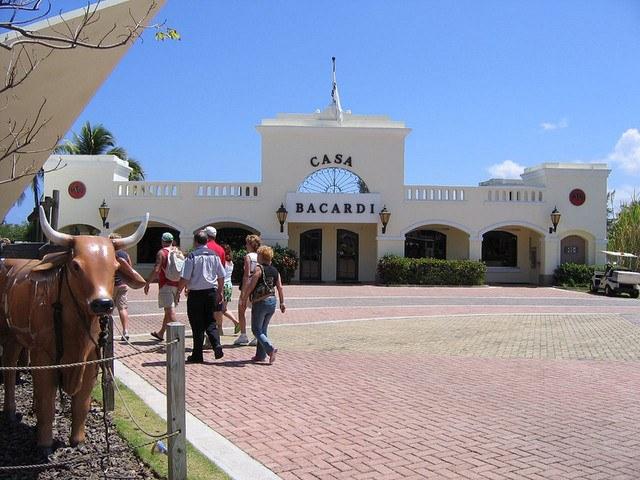
Bacardi Ltd. is a world famous maker of rum, but the company is becoming known for something else: its sustainability measures. After highlighting significant reductions in water and energy use in its 2013 corporate social responsibility (CSR) report, Bacardi recently announced new energy efficiency measures.
These measures include installing solar skylights, which increase natural light, and ceiling insulation, which helps control temperatures in the company’s warehouses where rum sits inside white oak barrels to process. The company is located in Puerto Rico, a “small Caribbean island with limited resources,” as Julio Torruella, project director for Bacardi in Puerto Rico, said in a statement. Because of the company’s location it continues to look for ways it can get the best use out of the natural resources of the island. Installing skylights is one way that Bacardi can maximize its use of sunlight, the company said.
Bacardi has already reduced energy use by 25 percent since it began tracking its global impacts on the environment in 2006. In addition, the company has reduced greenhouse gas emissions from rum production by 48 percent. One way Bacardi reduces energy use of non-renewable sources and reduces GHG emissions is through the use of renewable energy. Bacardi’s distillery in Catano, Puerto Rico is partly powered by two wind turbines that generate a combined total of 500 kilowatts (kW).
Earlier this year, Bacardi rolled out its “Good Spirited” global sustainability initiative, coinciding with the 152nd anniversary of the company’s founding. Launched in more than 150 markets, the initiative includes over 75 offices and 27 manufacturing and bottling facilities. The initiative has three main goals:
- Obtain all raw materials and packaging from sustainable sources or renewable and recyclable materials. By 2017, the company wants 40 percent of its sugarcane-derived products to come from certified and sustainable sources, and 100 percent by 2022.
- Use eco-design to make sustainability a part of its brand packaging and point-of-sale materials. By 2017, Bacardi wants to reduce packaging weight by 10 percent, and 15 percent by 2022.
- Reduce water use by 55 percent and GHG emissions by 50 percent by 2017, as well as eliminate landfill waste at all of its production sites by 2022.
Other recent announcements show that Bacardi is committed to sustainability. In March, the company announced that it will start recycling the water it uses to rinse out the oak barrels where rum is aged. The company estimates that by reusing the rinse water, it will recycle about 15,000 gallons of water a day -- enough water for the daily needs of 40 families of four. The old oak barrels themselves are recycled. They are ground into woodchips and used as mulch for landscaping at the rum distillery in Puerto Rico.
Since 2006, Bacardi has reduced global water use by 54 percent. The water saved is equivalent to 10.3 million people showering.
Image credit: Debraj Ghosh

Gina-Marie is a freelance writer and journalist armed with a degree in journalism, and a passion for social justice, including the environment and sustainability. She writes for various websites, and has made the 75+ Environmentalists to Follow list by Mashable.com.














